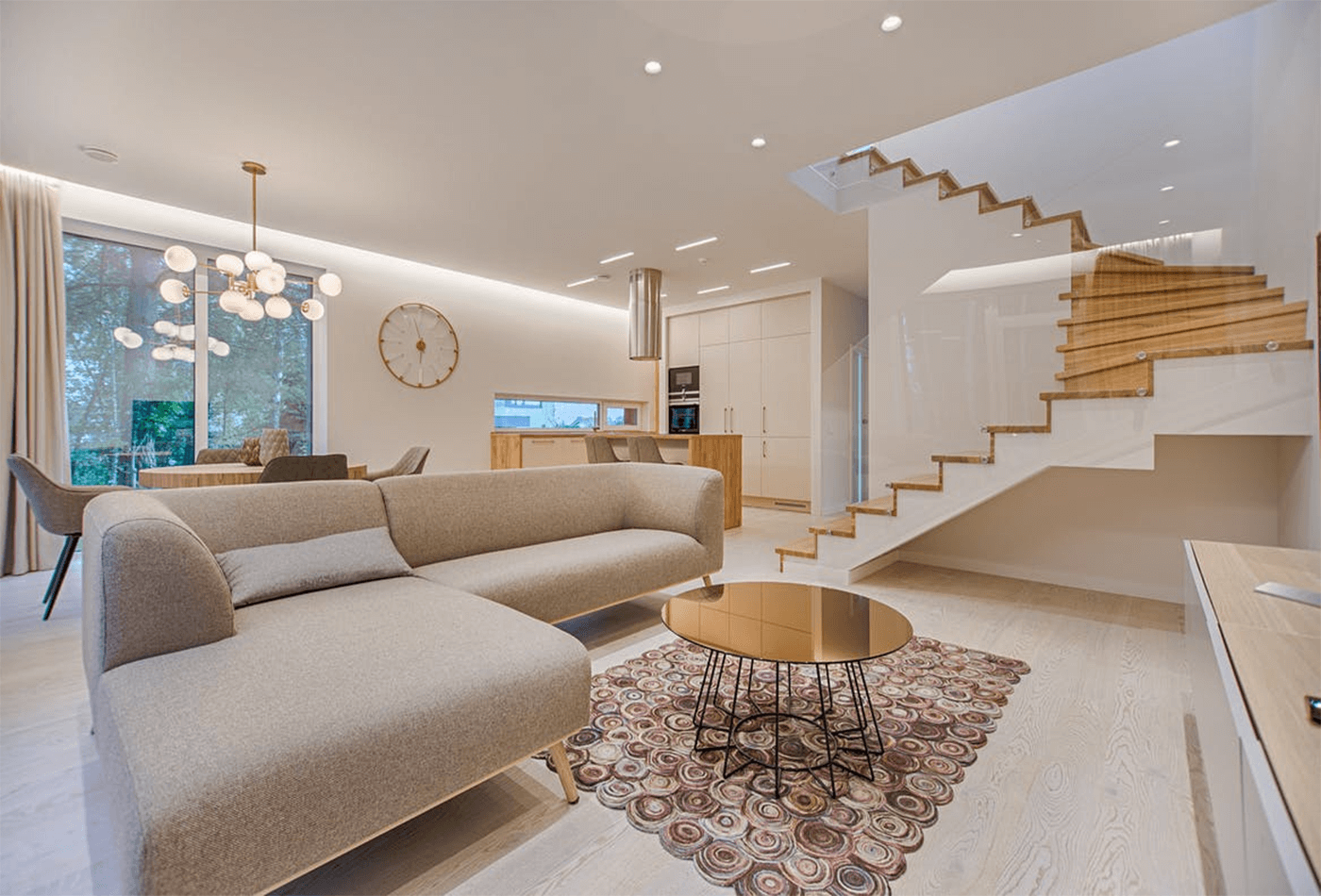Change Your Home With Essential Principles of Interior Decoration and Appearances
By understanding the effect of color concept and the significance of texture and patterns, one can create areas that are not just aesthetically enticing however likewise deeply personal. Accomplishing this stability includes more than simple decoration; it includes a calculated setup and a keen understanding of just how each aspect interacts within a room.
Comprehending Color Theory
Comprehending the concepts of color theory enables designers to create rooms that reverberate mentally with owners while satisfying practical needs. Each classification plays a critical role in developing consistency within an area.
The psychological impact of colors is profound; cozy colors such as reds and oranges evoke energy and warmth, while cool tones like blues and eco-friendlies advertise calmness and serenity. Additionally, the use of corresponding colors enhances visual interest, developing striking contrasts that can elevate an area's allure.
Neutral colors, on the various other hand, function as a versatile backdrop, enabling other style elements to beam. It is necessary to think about aspects such as lighting and the area's function when selecting a shade combination, as these can change the understanding of colors throughout the day.
Inevitably, a well-considered color design can change an area, fostering a feeling of convenience and style that lines up with the inhabitants' preferences. Proficiency of color concept is, therefore, a crucial ability for any type of indoor developer aiming to develop unified and inviting environments.
Achieving Equilibrium in Layout
How can designers attain a sense of stability in their rooms? Attaining equilibrium in layout is essential to producing unified interiors.
Asymmetrical balance, on the other hand, relies upon varying aspects that still accomplish a cohesive appearance. This strategy allows for even more dynamic and casual arrangements, offering passion while preserving stability. By meticulously choosing differing dimensions, colors, and appearances, developers can develop a visually engaging space that really feels well balanced yet energised.
Radial balance highlights a main focal factor with elements radiating outward. This design is commonly seen in round formats, where furniture and design create a natural surround that draws the eye inward.
Ultimately, accomplishing equilibrium needs thoughtful consideration of scale, proportion, and the relationships between aspects. interior design firms. By skillfully using these equilibrium principles, designers can change rooms right into atmospheres that feel both visually pleasing and functionally harmonious, improving the total experience for occupants
Value of Spatial Awareness

A keen feeling of spatial understanding enables designers to recognize focal factors within a room, leading the customer's interest to key functions while keeping a total sense of unity. It additionally helps in the tactical placement of lights, which can significantly affect the assumption of area and mood. Moreover, recognizing spatial connections enables the developer to deal with the particular needs of inhabitants, ensuring that each area offers its intended function without compromising appearances.
Inevitably, spatial awareness is important for making the see most of the capacity of any kind of interior area. By carefully taking into consideration the interplay in between measurements, layout, and feature, designers can develop atmospheres that not only satisfy functional demands yet additionally stimulate a feeling of convenience and elegance, enhancing the total living experience.
Including Appearance and Patterns
Accepting a diverse series of structures and patterns can considerably boost the visual and responsive charm of an interior area. The tactical use numerous materials-- such as wood, steel, fabric, and stone-- creates depth and passion, making a space feel a lot more welcoming and vibrant. For instance, incorporating smooth surface areas with harsh textures can establish an equilibrium that attracts the eye and involves the detects.
When including patterns, take into consideration both scale and rep. Huge patterns can act as centerpieces, while smaller sized, subtle designs can enhance various other aspects without frustrating the space. Layering patterns, such as pairing floral cushions with candy striped throws, includes intricacy and a feeling of harmony if carried out attentively.
It is likewise critical to maintain a natural shade combination, making certain that structures and patterns function with each other instead of complete for focus. By selecting a few crucial structures and patterns, you can create an unified aesthetic that mirrors your personal style while enhancing the overall setting of the space. Ultimately, the mindful unification of these aspects can transform Architecture Firm an ordinary room right into an advanced environment rich with personality and warmth.
Customizing Your Area
Creating a room that shows your character is vital to achieving a truly welcoming setting. Personalization in indoor design enables you to instill your distinct style and rate of interests into your home, changing it from a plain shelter into a shelter that talks with who you are. Begin by choosing a color palette that resonates with your feelings-- vibrant shades can stimulate, while soft tones supply peace.
Include art work and design that mirror your passions, whether it be traveling, nature, or abstract ideas. Presenting individual collections, such as publications, photographs, or keepsakes, can evoke valued memories and create centerpieces within a room. Additionally, take into consideration personalizing practical items, like upholstered furnishings, to align with your visual choices.

Final Thought
Finally, the change of a home via the vital principles of interior design and appearance necessitates a comprehensive understanding of color concept, balance, spatial awareness, texture, and personalization. Each element adds dramatically to producing a harmonious and useful living atmosphere - Architecture Firm. By thoughtfully incorporating these principles, individuals can enhance the visual allure and psychological resonance of their spaces, eventually cultivating a home that shows one-of-a-kind identifications while offering convenience and functionality